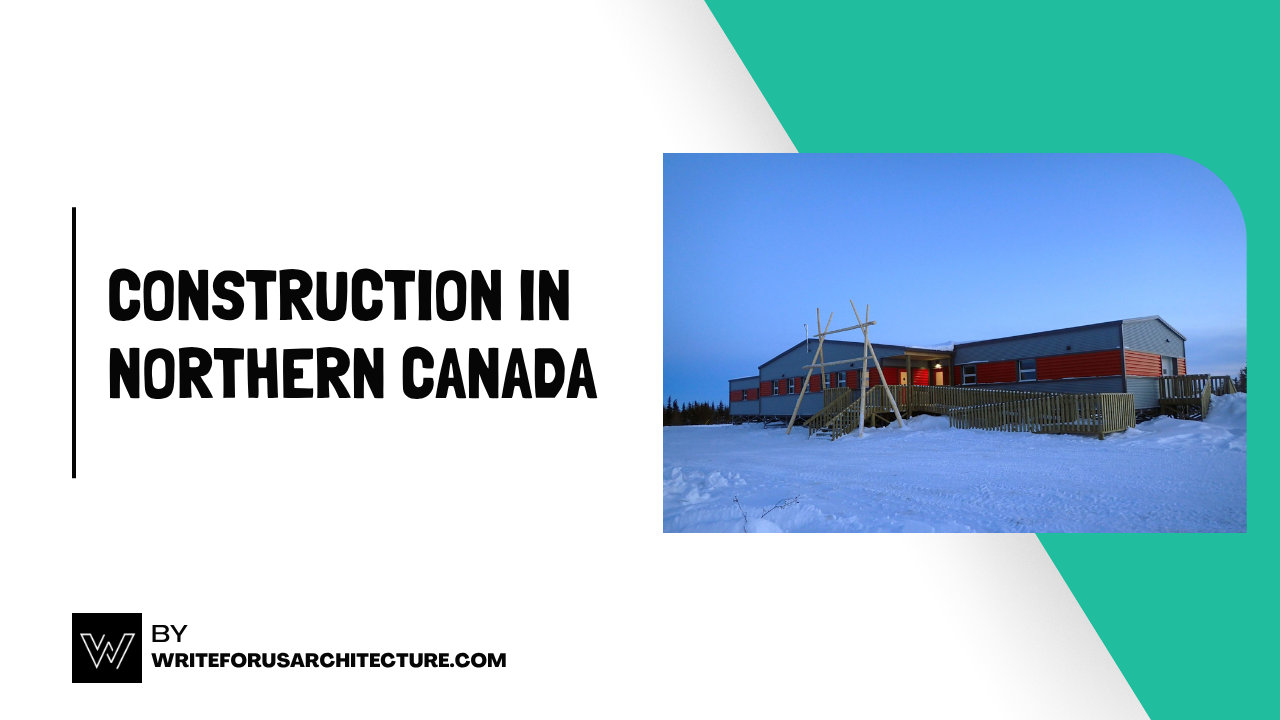The selection of the appropriate construction season is crucial for efficiency, safety, and cost control due to the unique challenges imposed by the subarctic and arctic environments of the Northwest Territories of Canada. The best period to begin building construction works is generally from late spring to early autumn, specifically between May and September, when temperatures are moderate and daylight hours are longest. However, each phase of the season has specific advantages and limitations that must be carefully considered by contractors and project planners.
Late Spring
From late spring (May to early June), the ground begins to thaw after months of deep frost. This period is ideal for preliminary work such as surveying, site preparation, and foundation planning. Once the frost has receded, heavy machinery can access the site more easily, but planners must ensure the soil has sufficiently stabilized to avoid ground shifting. In some northern regions, permafrost may remain partially frozen, necessitating a professional geotechnical evaluation before excavation begins. A decent building company Yellowknife often takes advantage of this transitional period to organize logistics, transport materials, and establish temporary site infrastructure.
Summer
The summer months (June through August) are the optimal time for construction. Average daytime temperatures rise significantly, and the extended daylight, which sometimes exceeds 20 hours, allows for prolonged work schedules and higher productivity. Concrete curing, framing, roofing, and external wall construction are best performed during this time because materials bond properly under mild, dry conditions. Additionally, once ice has melted, transportation routes, including barges and road networks, become more reliable, facilitating the movement of heavy equipment and bulk materials. This period also minimizes the risk of frost heave or ground instability.
However, despite these favorable conditions, summer construction requires strategic planning. Short summers and sudden weather shifts can still disrupt schedules. Rainfall and insect activity, particularly in forested or tundra areas, may affect the efficiency of outdoor labor. Consequently, experienced contractors often schedule the most time-sensitive structural tasks for the beginning to middle of summer to ensure completion before colder weather returns.
Early Autumn
By September, temperatures begin to drop and days grow shorter. This time is ideal for interior work, insulation, and finishing tasks, provided that the building envelope has already been sealed. Starting major construction projects too late in the year risks exposure to freezing conditions, which can damage materials, delay curing processes, and endanger worker safety.
Ultimately, the construction season in the Northwest Territories is defined by a narrow climatic window. Starting work between late spring and early autumn maximizes efficiency while minimizing environmental and logistical challenges. Careful seasonal planning ensures structural stability, cost-effectiveness, and adherence to the safety and environmental standards that are essential in northern construction environments.
Also Read:

